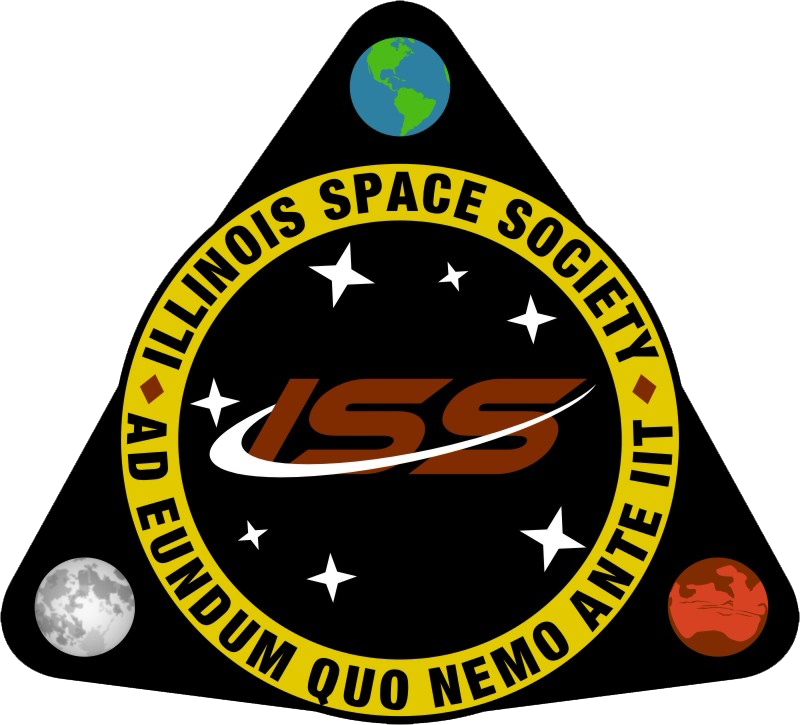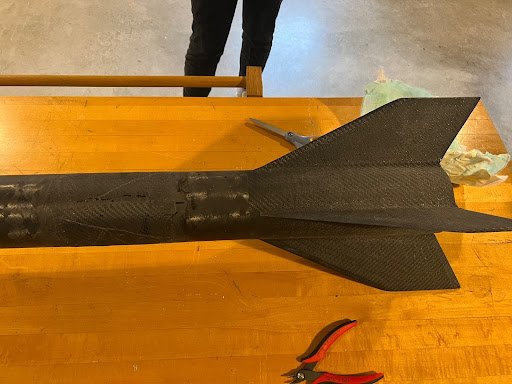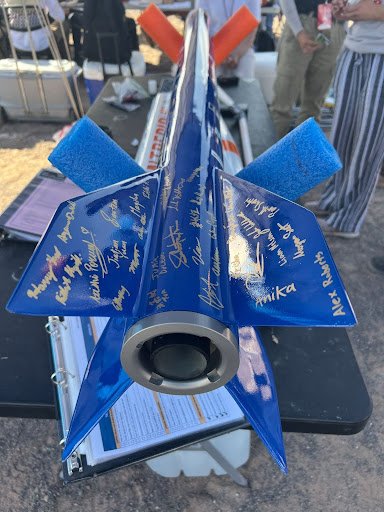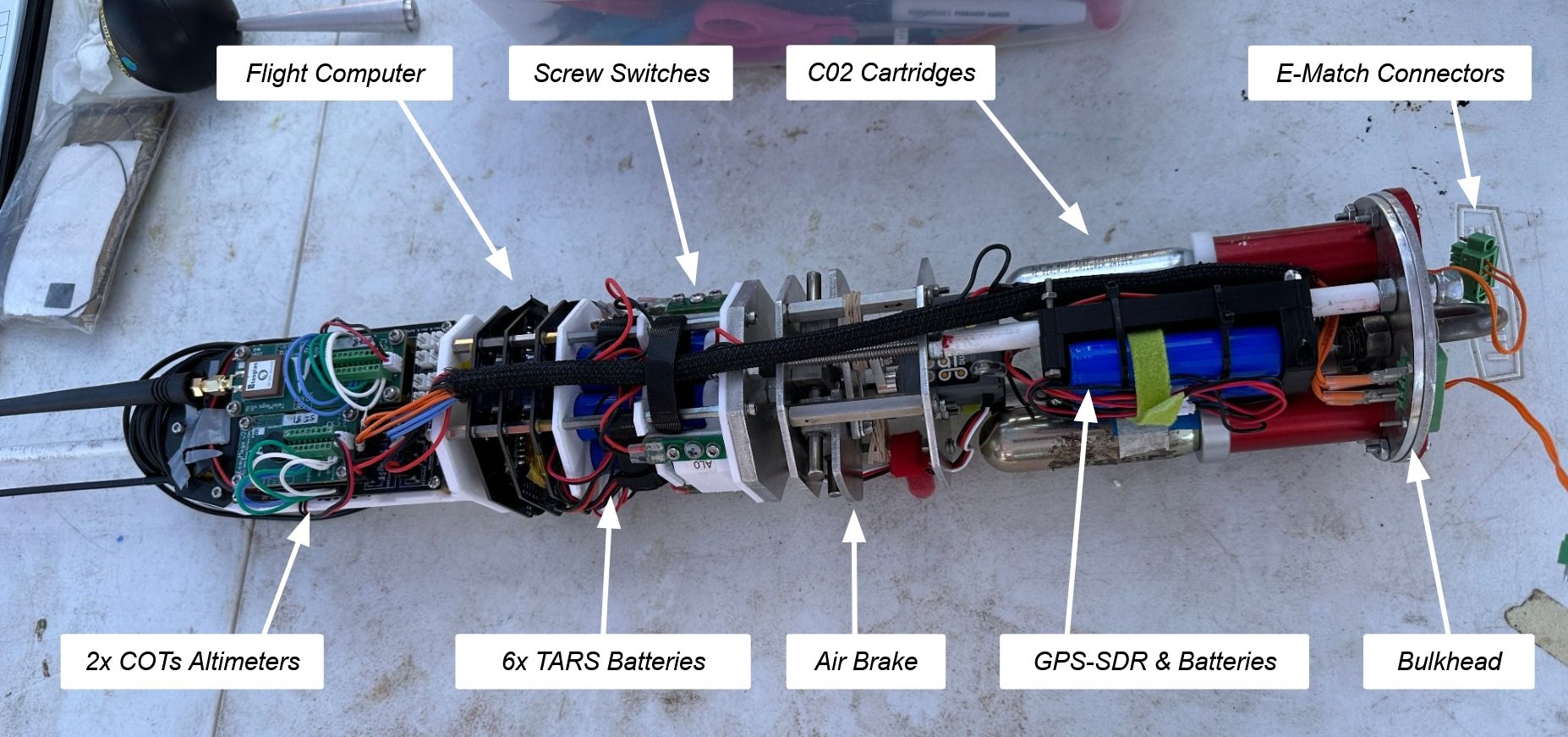Structures
Design Philosophy
The design philosophy behind the intrepid series was to design and simulate a rocket that performed better than Endurance, the last rocket, as well as fix and improve upon the failures of the past mission. After a successful rebuild and test launch of Endurance in October of 2021. The team moved towards larger goals of reaching 30k and higher, blasting the 9,327 ft goal out of the water. This brought upon the Intrepid Series. As a result of a loftier goal, it became important to ask questions regarding what went wrong or what could’ve been improved upon in terms of structure or performed analysis. It also proved an important opportunity to test new ideas that would prove fruitful. The Team Uses an iterative approach based on asking questions, outlining the problem bases on the questions, breaking them down into the known and unknown, then researching and brainstorming multiple solutions to the problem, choosing a solution that fits the current design criteria derived from the mission profile. A mission profile is then formulated based in analysis using software such as OpenRocket and RAS Aero, evolving into structural and fluid simulation using Ansys and NX to understand the structural and aerodynamic profile of the rocket to meet safety requirements or failure in an expected manner. These simulations are then compared to experimental test data from a manufactured Rocket to test quality of build. The rocket is then flown once it meets the safety requirements pre-established early on in the mission design. Afterwards the flight is taken as an opportunity to improve and redesign as needed, leading to asking questions, where the circle of design begins anew.
Intrepid 1-2
Intrepid 1’s first iteration incorporated a design with a 6.44 inch outer diameter, 114 inch Length and an O8000 rocket motor as well as a carbonfin set that included a 12 inch root chord, 5 inch tip chord, 6 inch span and a sweep angle of 55.3 degrees.The estimated apogee was 45,000 ft.
The second iteration incorporated an m2500 rocket motor with 38000 ft estimated apogee. A smaller goal, but a more achievable starting point for the intrepid mission. The final dimensions included a smaller inner diameter of 4 inches and an outer diameter of 4.158 inches. Which would reduce the total drag on the rocket. The total mass was found to be 67.9 lb. The fins had characteristics of 8 inches root chord, 3 inch tip chord, 3.25 inch span as well as a sweep angle of 61.8 degrees.
The test launch of Intrepid 1 would result in a motor failure, leaving the structure unusable, leading to a rebuild under a time constraint as the competition that year was 2 months in the future, a rebuild time, that would remain as an ISS record, was set at that moment.
Intrepid 2 followed a similar design, but included a sleeker design that would incorporate successful characteristics and improve overall design architecture. This rocket would be designed to have a length of 128 inches with a smaller diameter of 4.02 Outer and 4 Inch Inner. The mass of the rocket would be 62.12 lbs with a powerful N 5800 rocket motor leading to an simulated apogee of 31,289 ft. Unfortunately, the rocket was more powerful than the structural analysis predicted leading to fins shearing off the rocket, leaving a problem for intrepid 3 to solve.
Intrepid 3
Intrepid 3 would serve to embody “don’t stop at failure” that ISS would hold onto in future launches. The organization used Intrepid 2 to undergo heavy development that would result in the successful rocket attempt that was Intrepid 3. Using previous years experience and holding onto the dream of winning the Spaceport America Cup competition, Intrepid 3 found itself flying with a newer, more reliable motor at the competition and fixing the original failure methods through improved fin and nose cone designs. Through conducting real-word stress tests, our team was able to verify our simulations and fabrication methods were sufficient in preventing our fins from shearing off. This year's design would include a rocket that exuded a simulated apogee of 32,660 ft with a total mass of 68.25 lbs, 133 “ length, ID of 3.9”, and an OD of 4.02”, shattering all records prior that year.
Intrepid 1 and 2 Manufacturing:
The manufacturing philosophy with Intrepid 1 and 2 was to create the Illinois Space Society’s first composite parts to fly on a high powered rocket. This was needed due to the move towards minimum diameter rockets that would be launched by the Spaceshot project. Minimum diameter rockets necessitate that fins are secured from the outside of the airframe and cannot be bolted or reinforced from the inside of the airframe which is why composites are necessary. The Fabrication Team (or the Materials Team as it was called back then), focused on research and development of composite materials as composite manufacturing was completely new to all of our members. By utilizing online and university resources, the team was able to create our first composite components.
Carbon fiber layup over a cardboard mandrel to make ISS’s first ever composite
From this starting point, the team began to make use of the Composite Manufacturing Lab in Talbot Laboratory at UIUC to create our first version of a fiberglass fin can and fiberglass nose cone using rudimentary wet layup techniques.
Wet fiberglass fin layup as a trial run
Wet fiberglass nose cone layup using female molds as a trial run
Continuing with this progress, the team was able to create a more advanced carbon fiber fin set and fiberglass nose cone that was ready to fly on Intrepid 1 in May of 2022. These composite components utilized better manufacturing techniques from a more refined fiber-resin ratio to step-by-step layup procedures.
Final fiberglass nose cone for Intrepid 1
Final carbon fiber fin can for Intrepid 1
Intrepid 2 in final form
Part of the Intrepid 2 booster crashed in the ground
Intrepid 3 Manufacturing:
Fin fillets using Proline 4500 resin to create a strong root chord bond to the airframe
Vacuum bagging the fin layup
Final rocket integration prior to 2022 October launch
Intrepid 3 recovered in perfect condition
Final prepreg carbon fiber fin can for the Spaceport America Cup 2023
Final rocket integration prior to the SACup 2023 launch
Avionics
Intrepid 1 in final form
Unfortunately, the team encountered a failure of the M2500 resulting in a CATO of the rocket. The team, unwavered by the devastating setback, began reconstructing the rocket from scratch and managed to rebuild the entire rocket in even better shape than before to launch at the Spaceport America Cup in June of 2022. The manufacturing process remained largely the same as Intrepid 1 as we hadn’t seen a failure in the layup since the motor exploded, however, the nose cone was purchased instead of manufactured due to the time constraints of rebuilding the entire rocket in a couple of weeks.
Sadly, during Intrepid 2’s flight, the fins sheared off the rocket. This was the biggest learning experience for the Fabrication Team. The team realized that there were numerous issues in the layup process from improper surface preparation, to voids throughout the layup. The team took this failure and moved into Intrepid 3 eager to fix every problem that was encountered with Intrepid 2 and make a set of fins that would survive the launch.
The Intrepid 2 fins were once right below the Illinois “I”
Following the Intrepid 2 failure due primarily to the newly named Fabrication Team, the team’s goal for the Intrepid 3 October test launch was to prevent another structural failure, particularly in the fins. To accomplish this numerous changes were made to the layup process with the key ones shown below:
Increasing from 3 layers of carbon plies to 7 layers
Increasing the size of each carbon ply as a new layer is placed on top of the previous one instead of having all the plies being the same size
Vacuum bagging the layup to promote even distribution of resin throughout the plies and force out excess resin to be absorbed by the peel-ply and breather
Utilizing proper surface preparation to promote strong bond between the resin and the body tube / fin plate
Preparation for fin can ground testing
Fin layup using a twill weave carbon fiber combined with a high temperature epoxy resin
Final result of the fin can for Intrepid 3’s October Launch
The changes that were made to the manufacturing process resulted in the most beautiful carbon fiber fin can that the team had ever made. After this fin can was created, the team moved into the testing phase of ground testing the fin can at the predicted loads and integration phase of working with all the Spaceshot sub-teams to put the rocket into flyable shape.
Whole team integration work
Following the successful ground testing and integration of the rocket, the Spaceshot team was ready to launch in October 2022 and the Fabrication Team was eager to see if all their hard work would pay off.
Intrepid 3 liftoff
Success! Intrepid 3 performed perfectly from a structural point of view. The Fabrication team had made up for their mistake with Intrepid 2 and created a custom composite rocket that flew amazingly.
Following the resounding success of the Intrepid 3 October Launch, the Fabrication team continued forward with the momentum generated by this launch to make even stronger fin cans and revisit the idea of making custom fiberglass nose cones. In preparation for the Spaceport America Cup in June of 2023, the team made the following adjustments to the composite components:
Utilizing prepreg carbon fiber instead of carbon fiber that we hand laminate
Curing the carbon fiber fin can in an oven to increase strength and thermal properties
Making our own fiberglass nose cone utilizing two female molds with overhung fiberglass that joins the halves from the inside
Final fiberglass nose cone for the Spaceport America Cup 2023
With the completion of the composite components for the Intrepid 3 SACup rocket, the team moved through the process of integration with all Spaceshot sub-teams to get the rocket ready for the Spaceport America Cup launch.
Final look of prepreg carbon fiber fins prior to the SACup 2023 launch
The Intrepid 3 rocket had a spectacular success at the Spaceport America Cup 2023 winning the team 2nd place in their respective category. The Intrepid program over the course of two years was witness to a composites team that started from nothing and had failures to creating a rocket that successfully flew to almost 30,000 feet! With this victory, the team had cemented itself as a powerhouse in the Illinois Space Society.
2021-2022 Fabrication Team
Recovery:
2022-2023 Fabrication Team
Intrepid III’s recovery system uses a CO2 ejection system with a single reefed parachute. Recovery concept of operations can be seen below:
The CO2 System
Separation occurs at apogee via two Eagle CO2 housings with electronic and physical redundancy to ensure successful parachute deployment. The eagle housings sit within our avionics bay TARS.
The Eagle setup can be seen above. At apogee, the altimeters fire the respective channels associated with the e-matches within the Eagle housings. The e-match ignition causes the spring to compress and the piston punctures the CO2 canister. The first canister is punctured at apogee, and the second canister is punctured 2 seconds after apogee. The second housing contains a larger canister in case the first is not powerful enough to separate the rocket. The team conducts numerous ejection tests before launch to ensure the canisters can reliably separate the rocket and has had a 100% success rate.
The Reefing System
The parachute is reefed via two Piranha Line Cutters (seen below), initially descending at about 85 ft/s. Once the rocket reaches 1,000 ft, the line cutters are activated and the parachute disreefs. This allows the rocket to return to the ground without causing any damage to the structure or internal avionics while minimizing drift distance.
The line cutters work by running an extended e-match wire down the parachute to the avionics bay. At the designated altitude, the altimeters send a charge down the e-matches, which cause the line cutters to break the string restricting the parachute. The parachute is then able to inflate to its full size and descend gently.
TARS MK4 - High Power Rocketry Flight Computer
TARS MK4 is our premier 4th generation flight computer designed to compete in the 2023 Spaceport America Cup. It's capable of live radio telemetry, GPS tracking, autonomous state estimation, and controlling our rocket's apogee through an air brake mechanism that creates drag to slow down and reach a specific altitude for the competition. More detailed information about TARS MK4 can be found here.






























